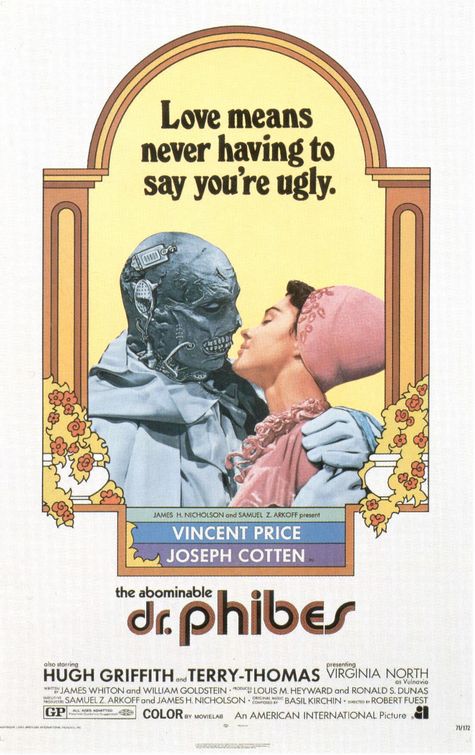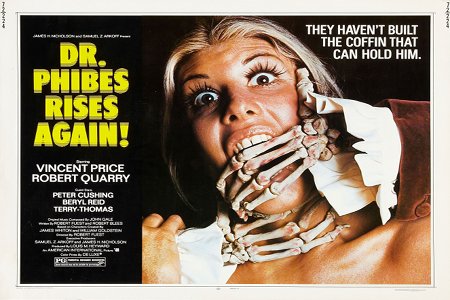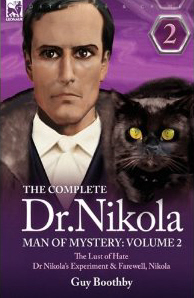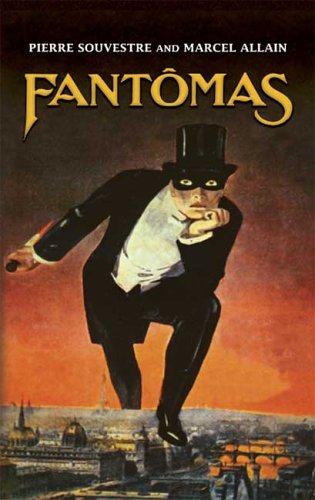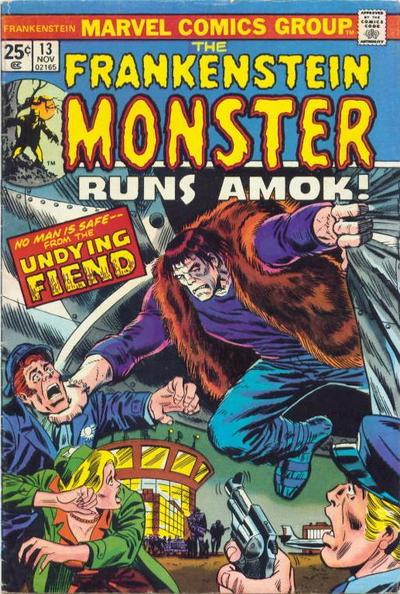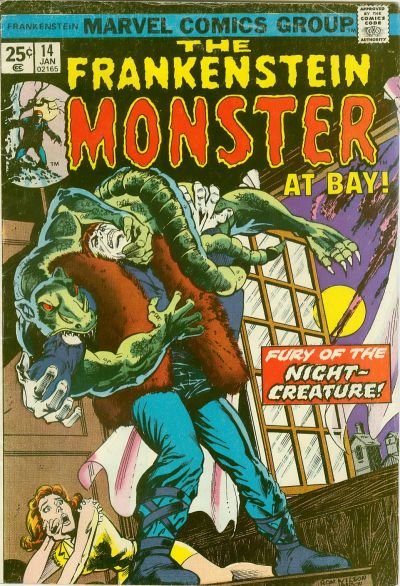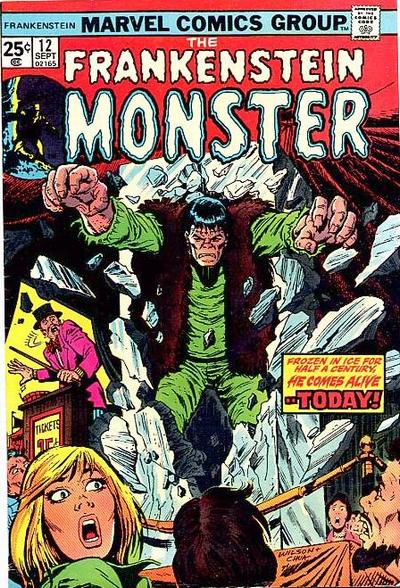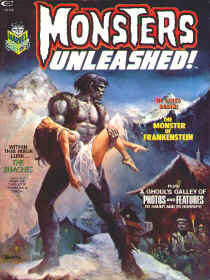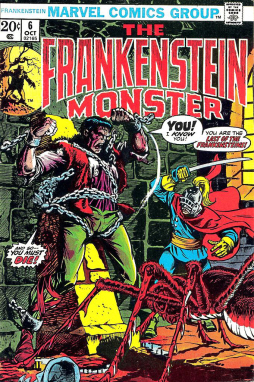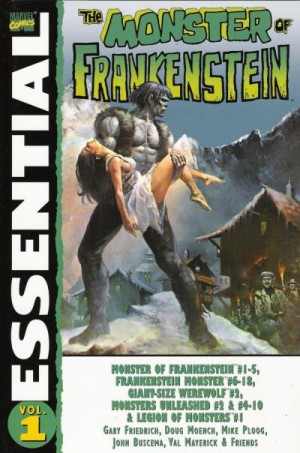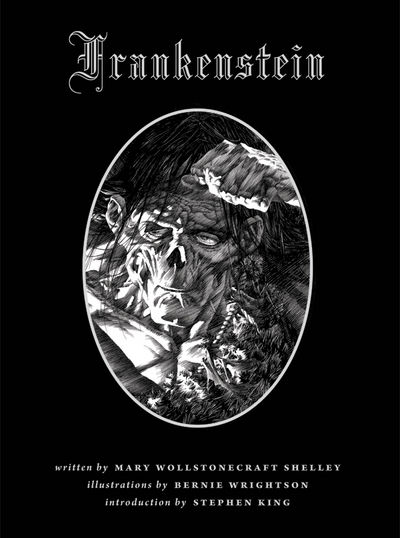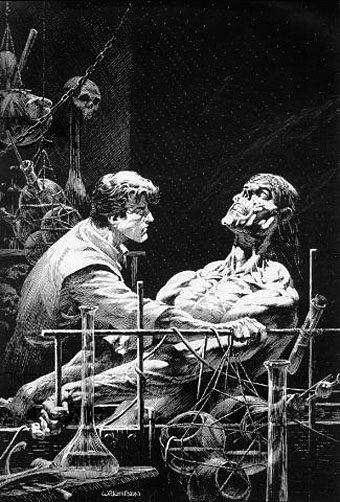Blogging Alex Raymond’s Flash Gordon, Part Five: “The Witch Queen of Mongo”
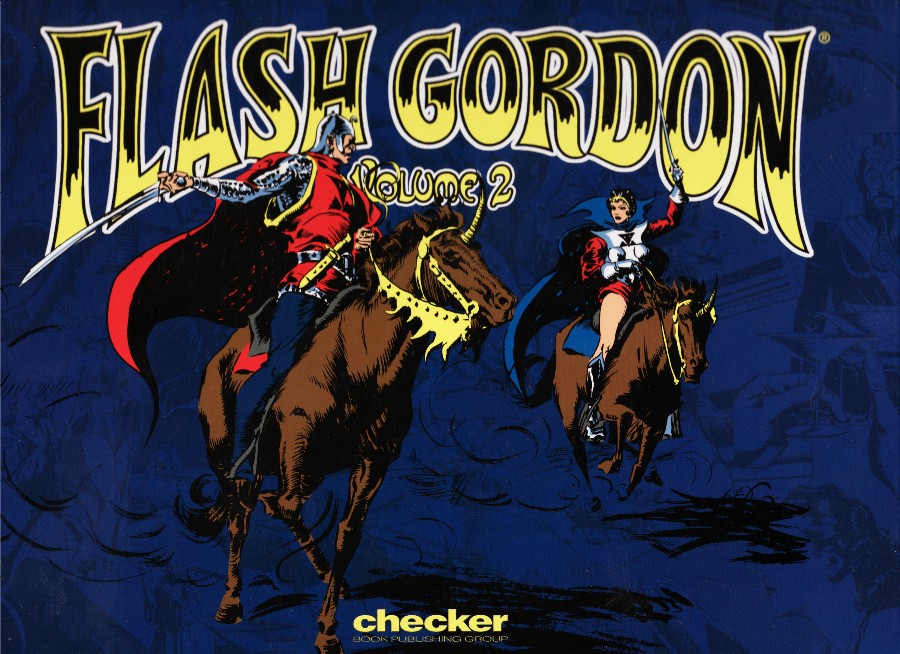 “The Witch Queen of Mongo“ was the fifth installment of Alex Raymond’s Flash Gordon Sunday comic strip serial for King Features Syndicate. Originally printed between April 21 and October 13, 1935, “The Witch Queen of Mongo” picked up the storyline where the fourth installment, “Caverns of Mongo” left off with Flash and Dale setting out to conquer the cave kingdom that was awarded to Flash following the tourney held by Ming and Vultan.
“The Witch Queen of Mongo“ was the fifth installment of Alex Raymond’s Flash Gordon Sunday comic strip serial for King Features Syndicate. Originally printed between April 21 and October 13, 1935, “The Witch Queen of Mongo” picked up the storyline where the fourth installment, “Caverns of Mongo” left off with Flash and Dale setting out to conquer the cave kingdom that was awarded to Flash following the tourney held by Ming and Vultan.
Writer/artist Alex Raymond benefitted greatly from the contributions of ghost writer Don Moore who developed characterization to bring much-needed balance to the nonstop parade of cliffhangers. The serial quickly sets the tone with Dale’s mounting frustration with Flash’s preference for continued adventures over settling down and marrying her. This development coincides with the introduction of Azura, the titular Witch Queen of the Kingdom of Syk.
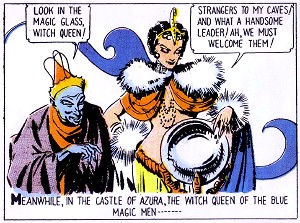 Azura is the second of Alex Raymond’s stunning exotic women of Mongo and rivals Aura in complexity and appeal. The Witch Queen’s descent from the heavens on a stair of flames is an iconic image that may have influenced Frank Frazetta’s cover art for Conan the Freebooter three decades later. Likewise, Flash’s Nordic-style horned helmet suggests the strip was a vital inspiration on the depiction of Robert E. Howard’s barbarian pulp hero.
Azura is the second of Alex Raymond’s stunning exotic women of Mongo and rivals Aura in complexity and appeal. The Witch Queen’s descent from the heavens on a stair of flames is an iconic image that may have influenced Frank Frazetta’s cover art for Conan the Freebooter three decades later. Likewise, Flash’s Nordic-style horned helmet suggests the strip was a vital inspiration on the depiction of Robert E. Howard’s barbarian pulp hero.
From the very start, the point is made that the Witch Queen’s “magic” is nothing more than advanced technology. The continued juxtaposition of the futuristic with medieval fantasy remained a potent formula for success with the stip.
